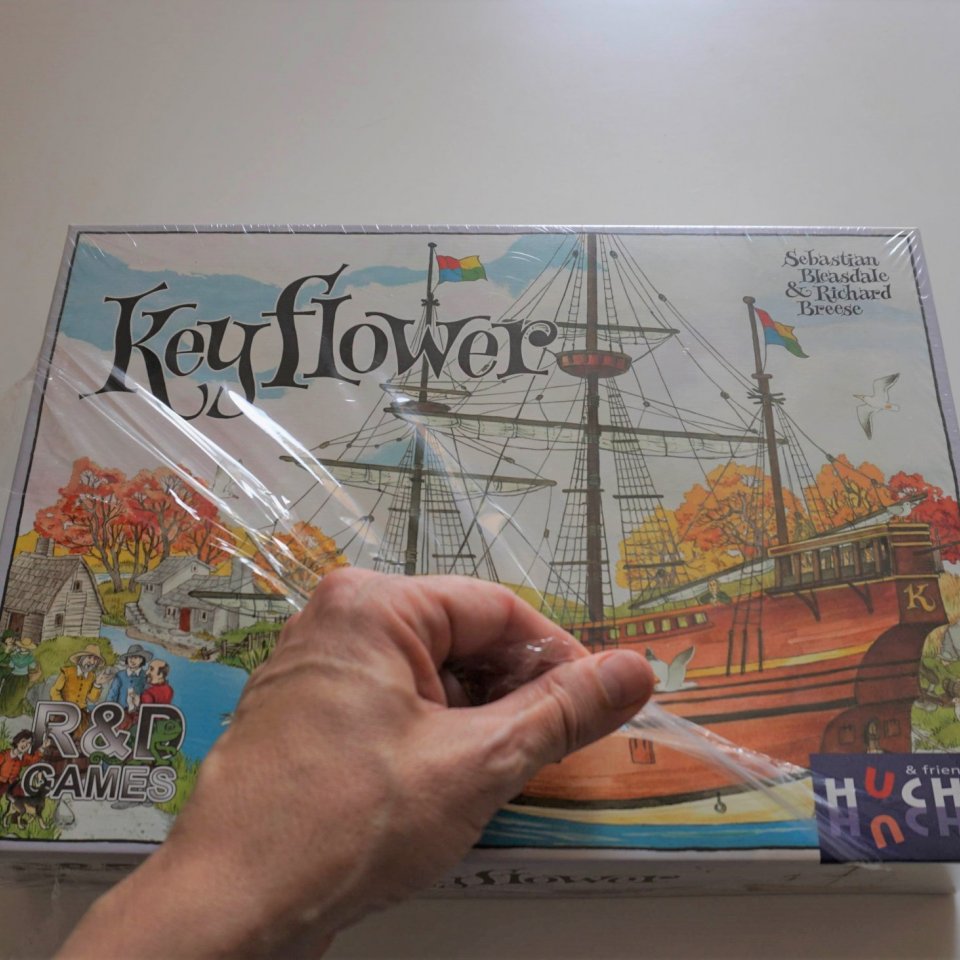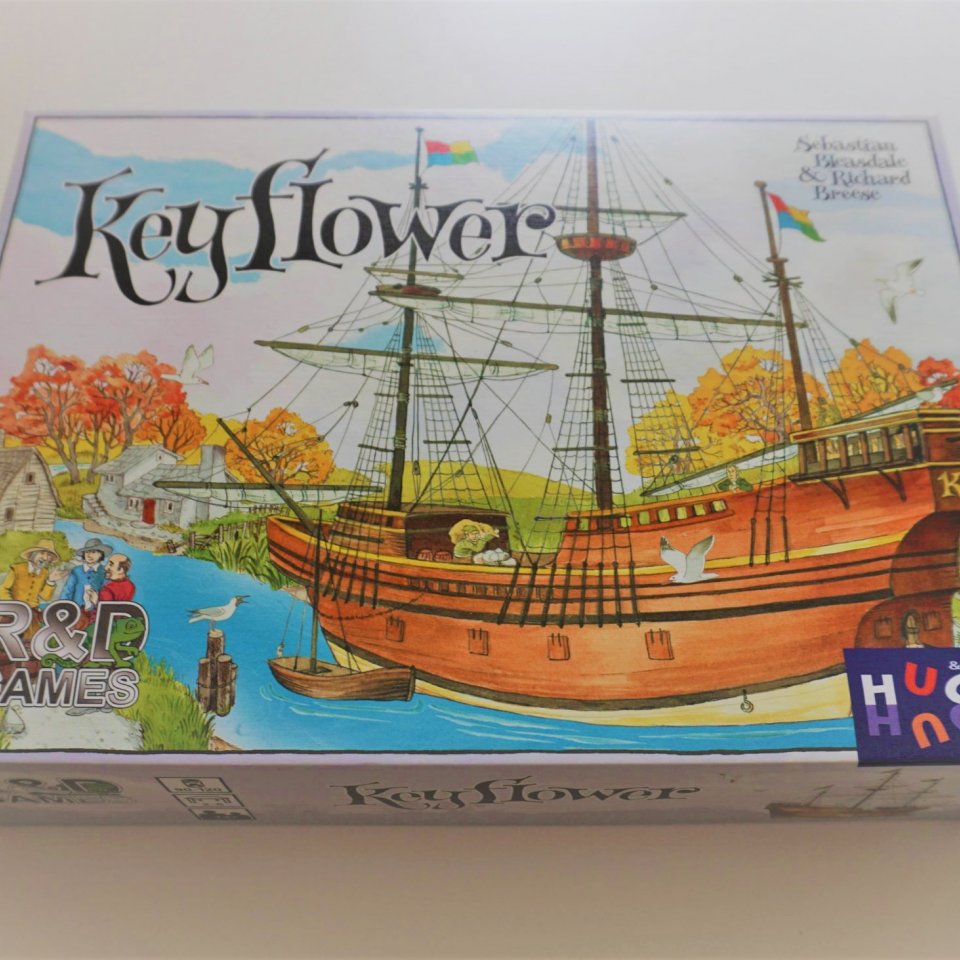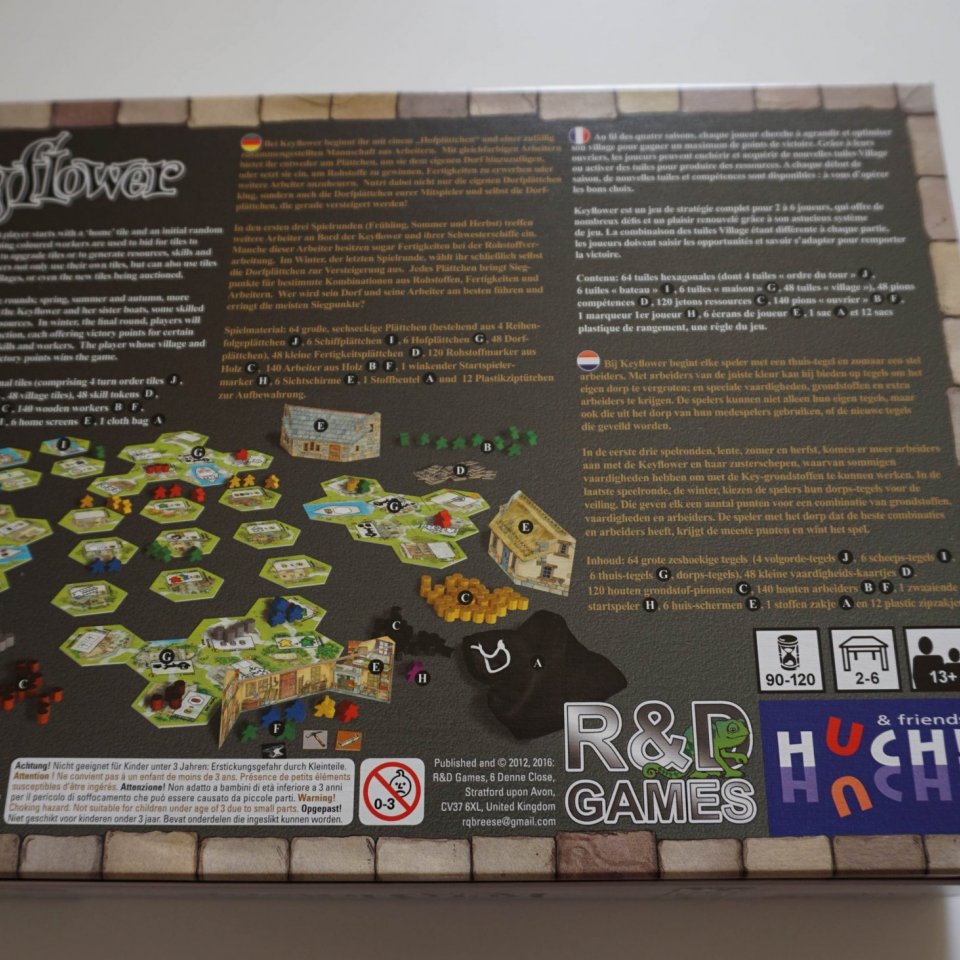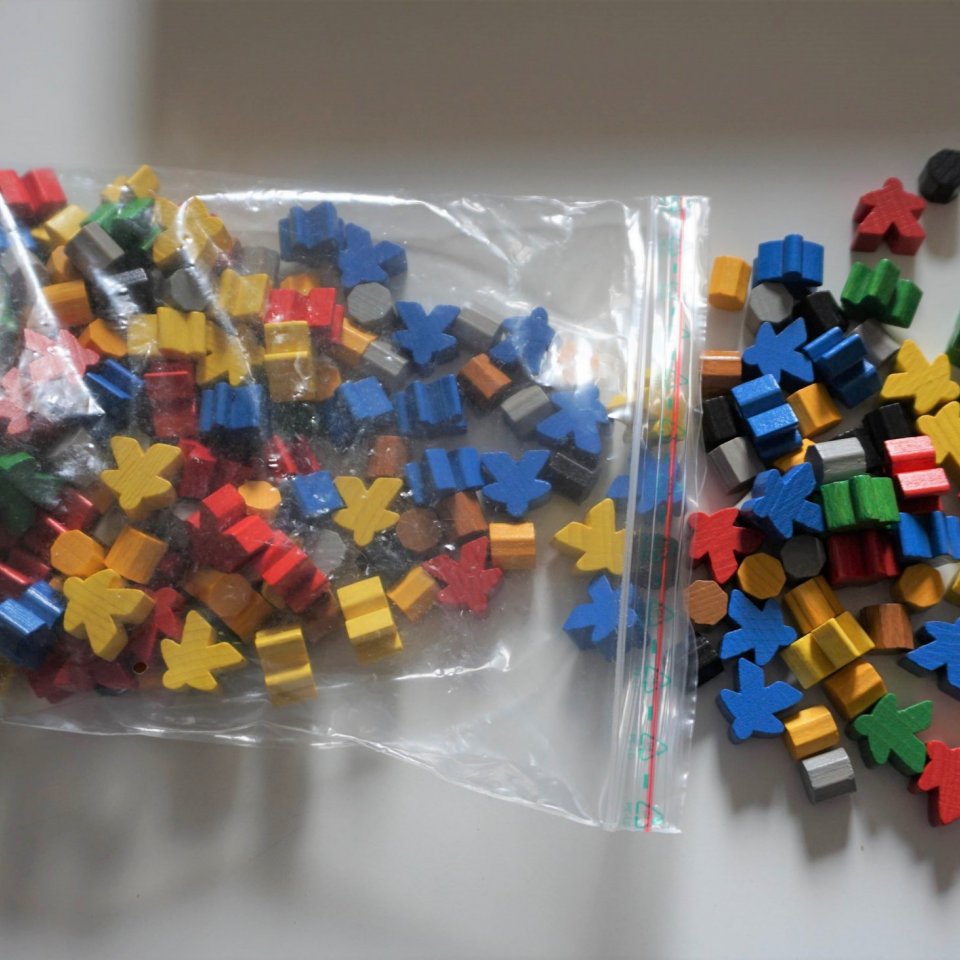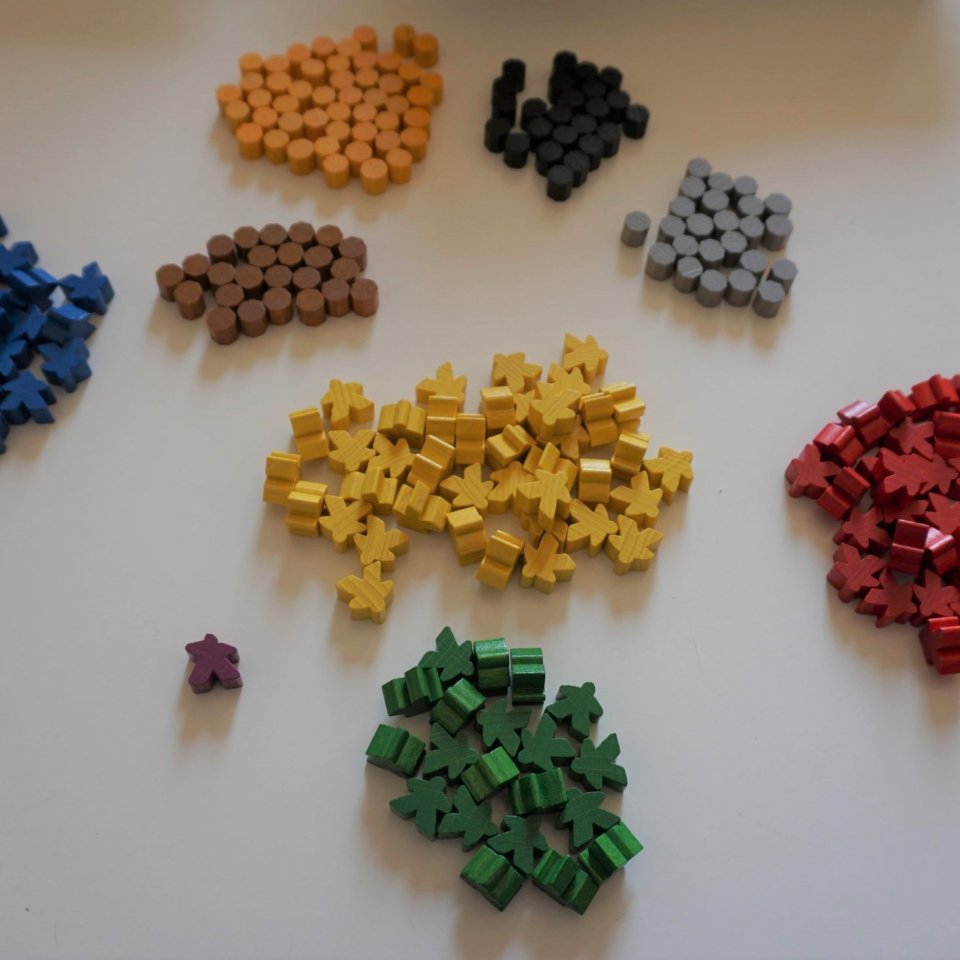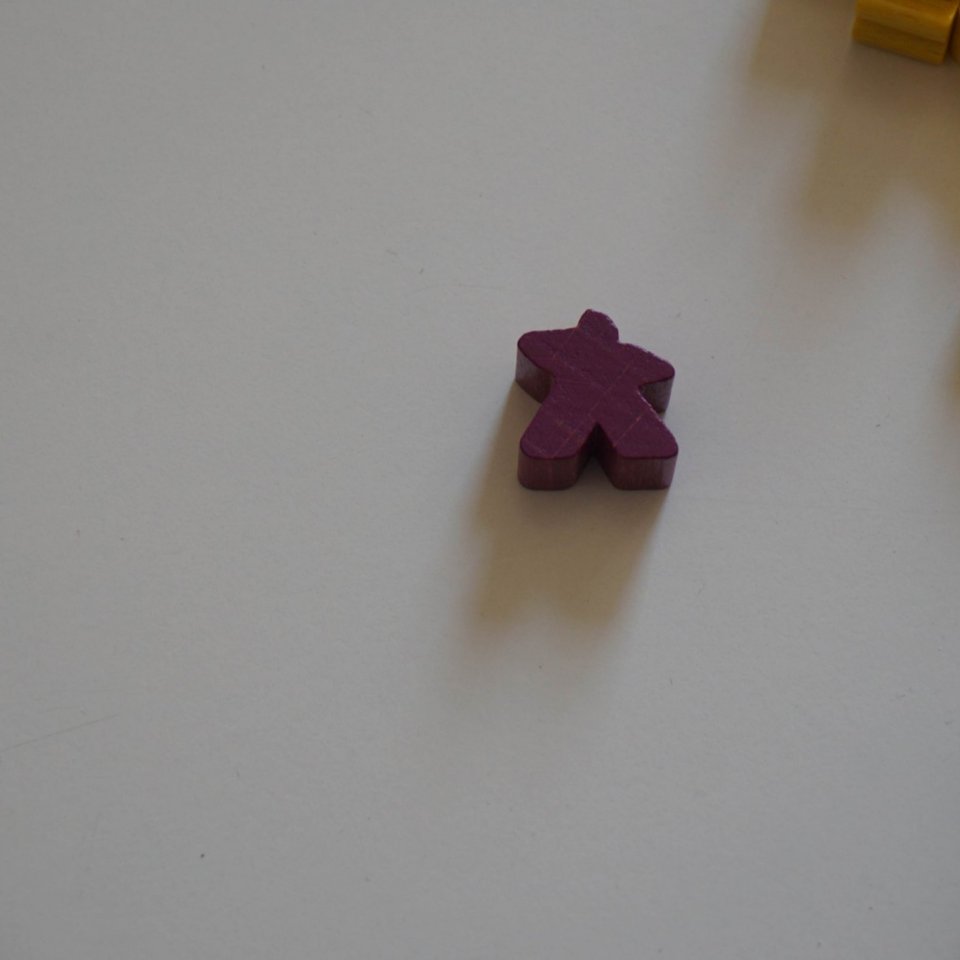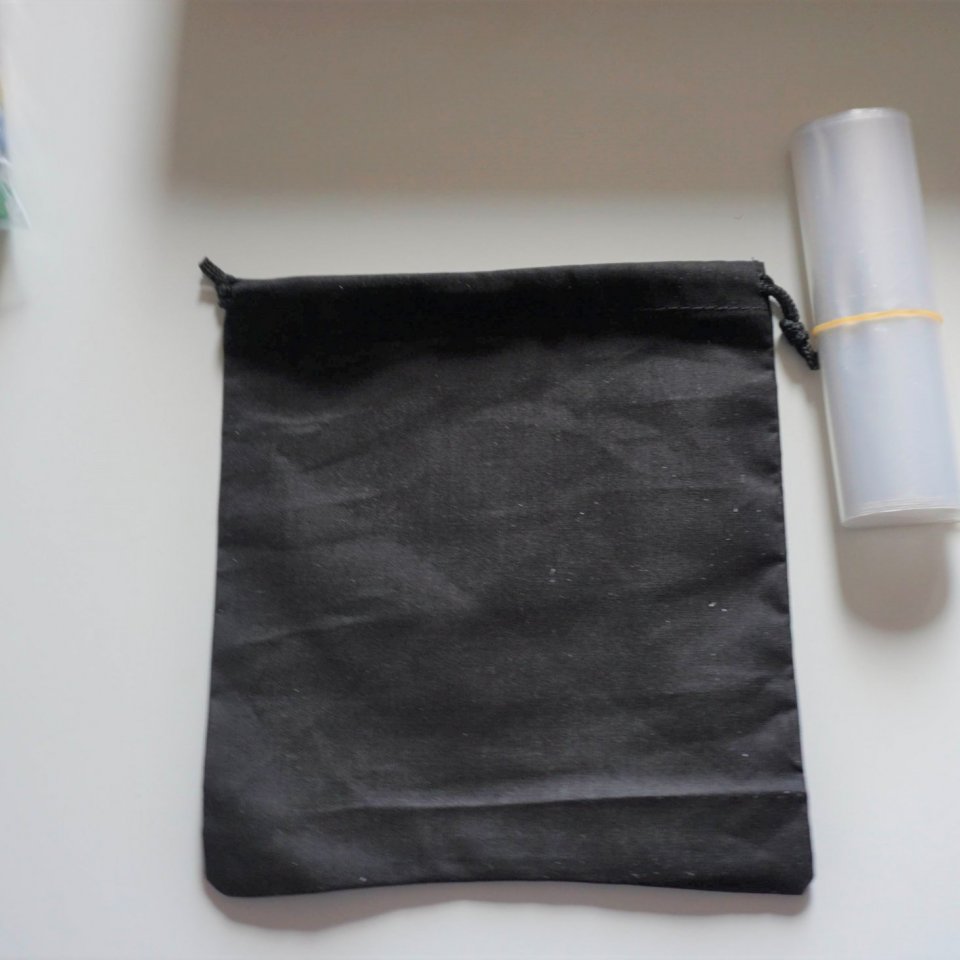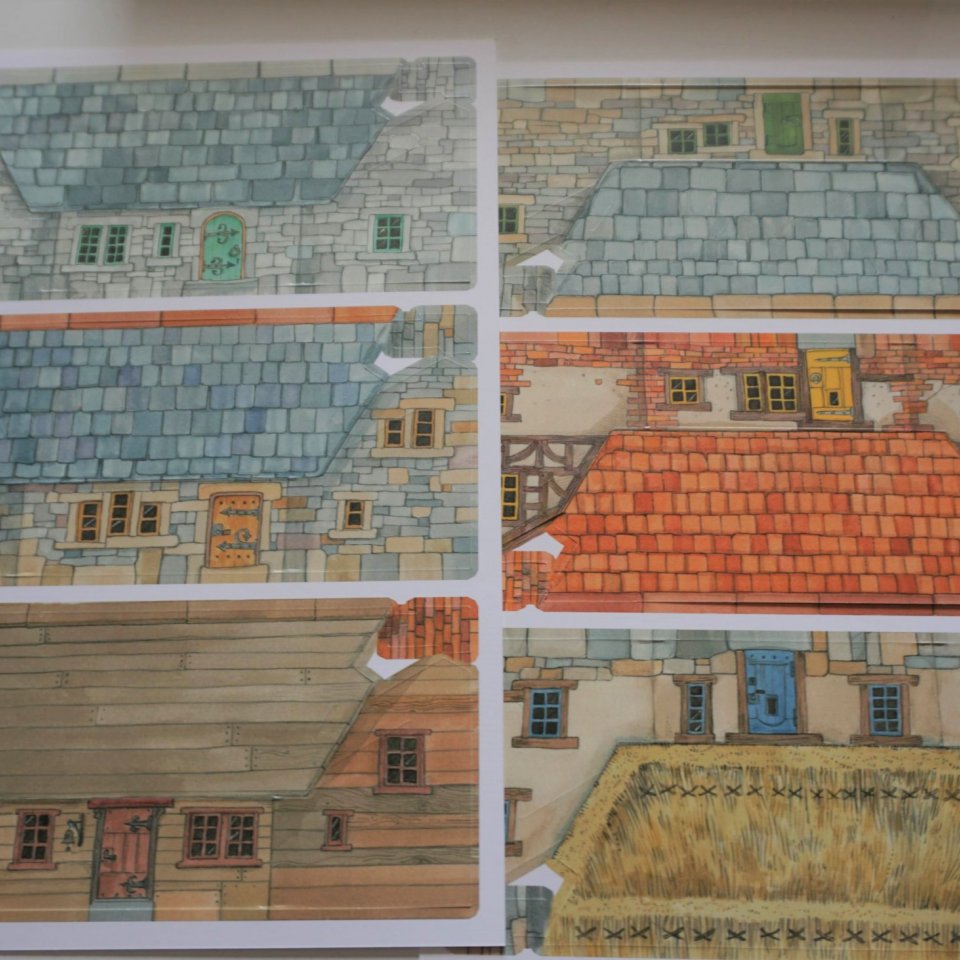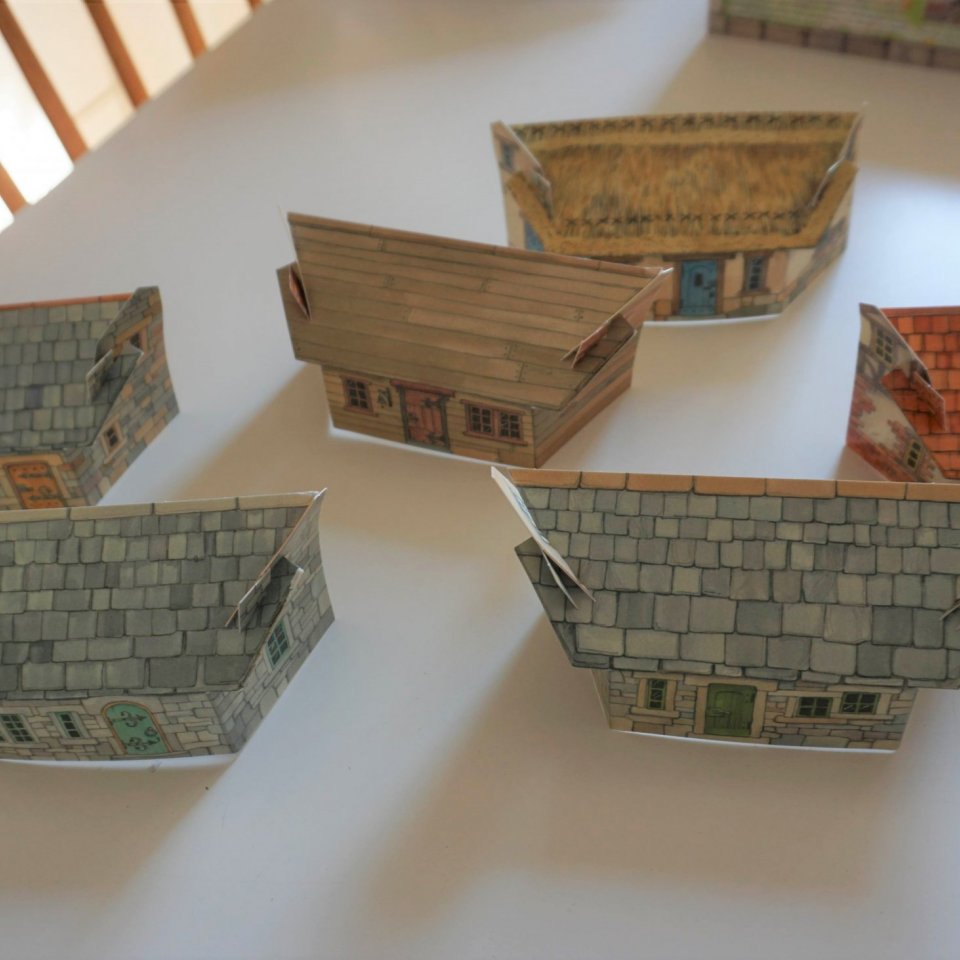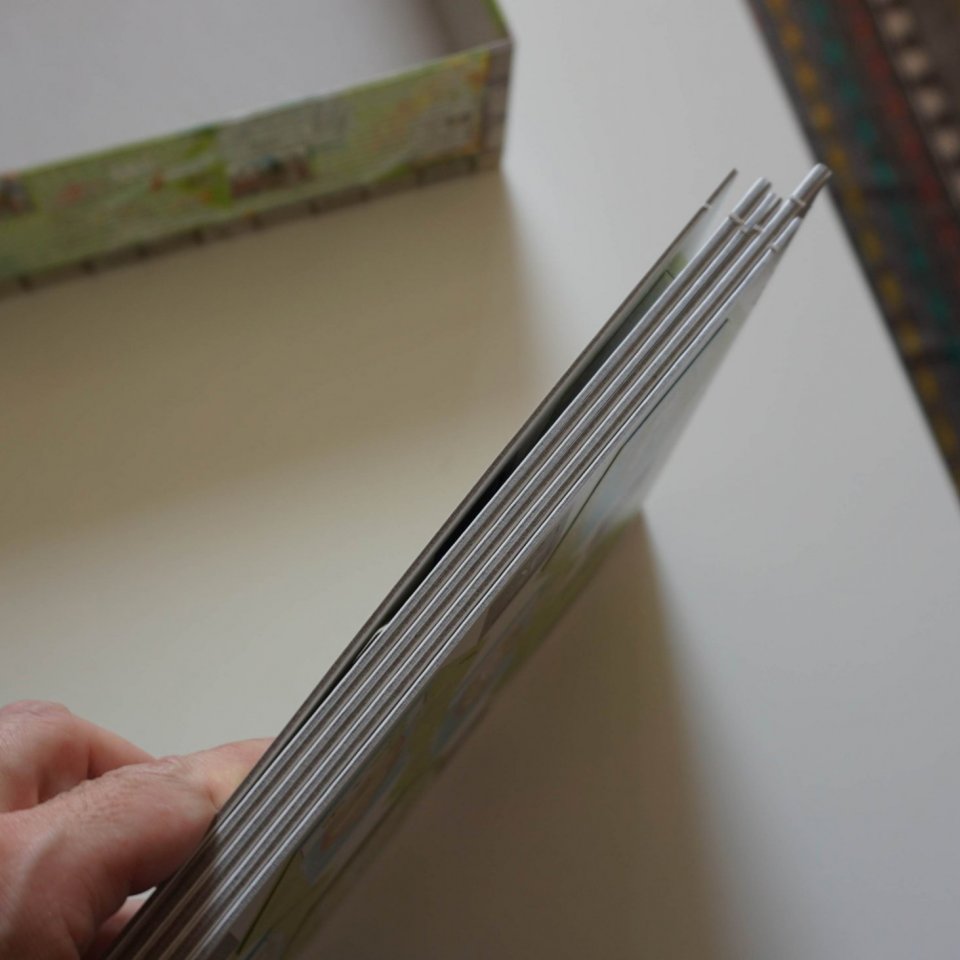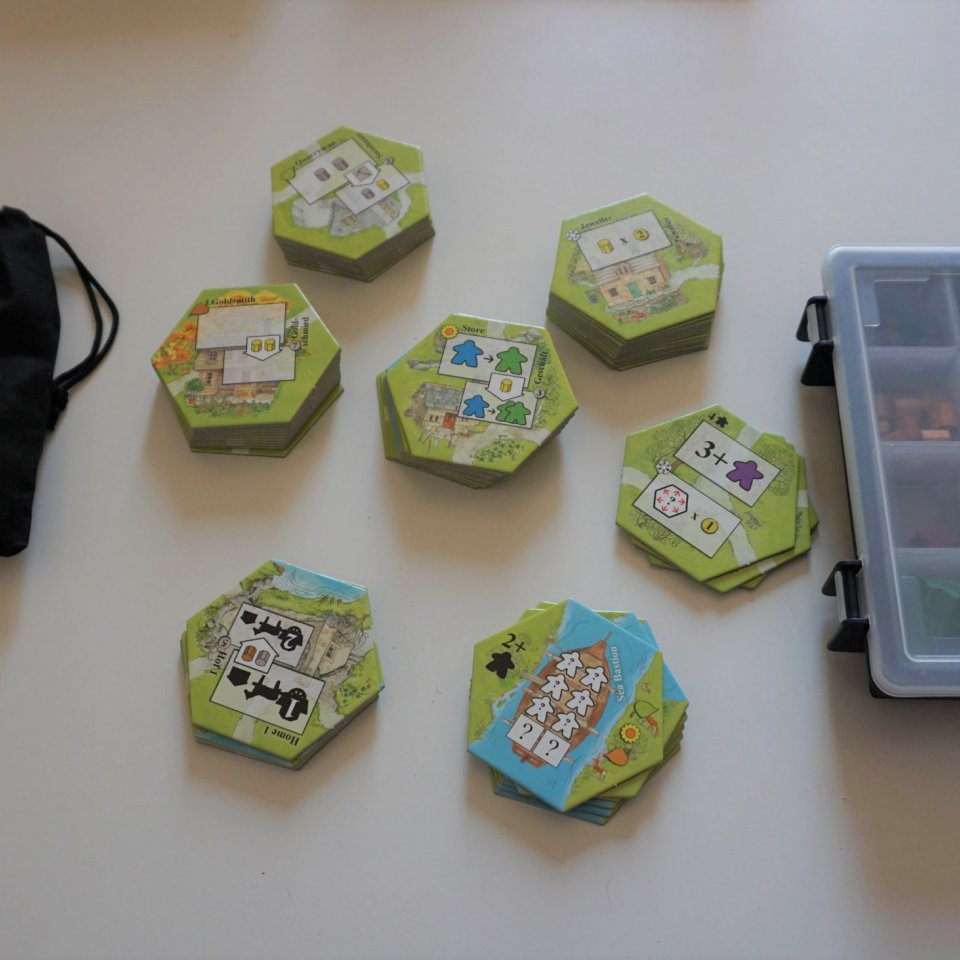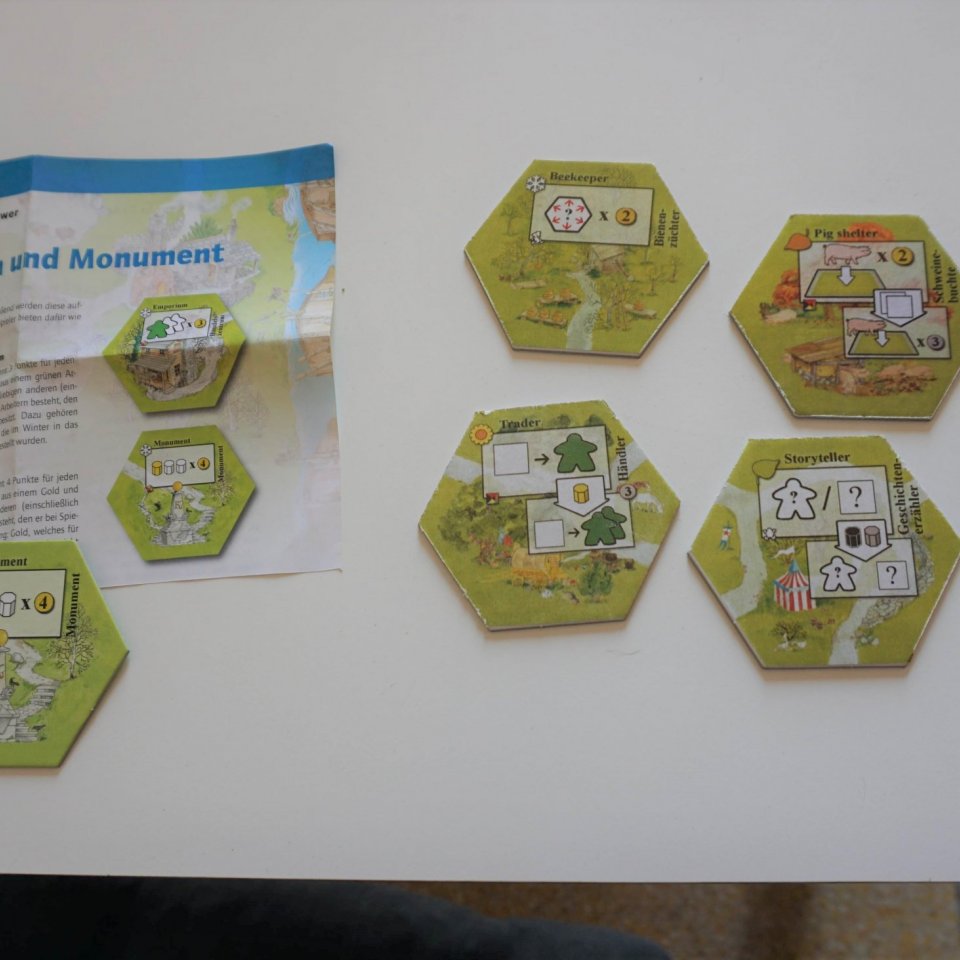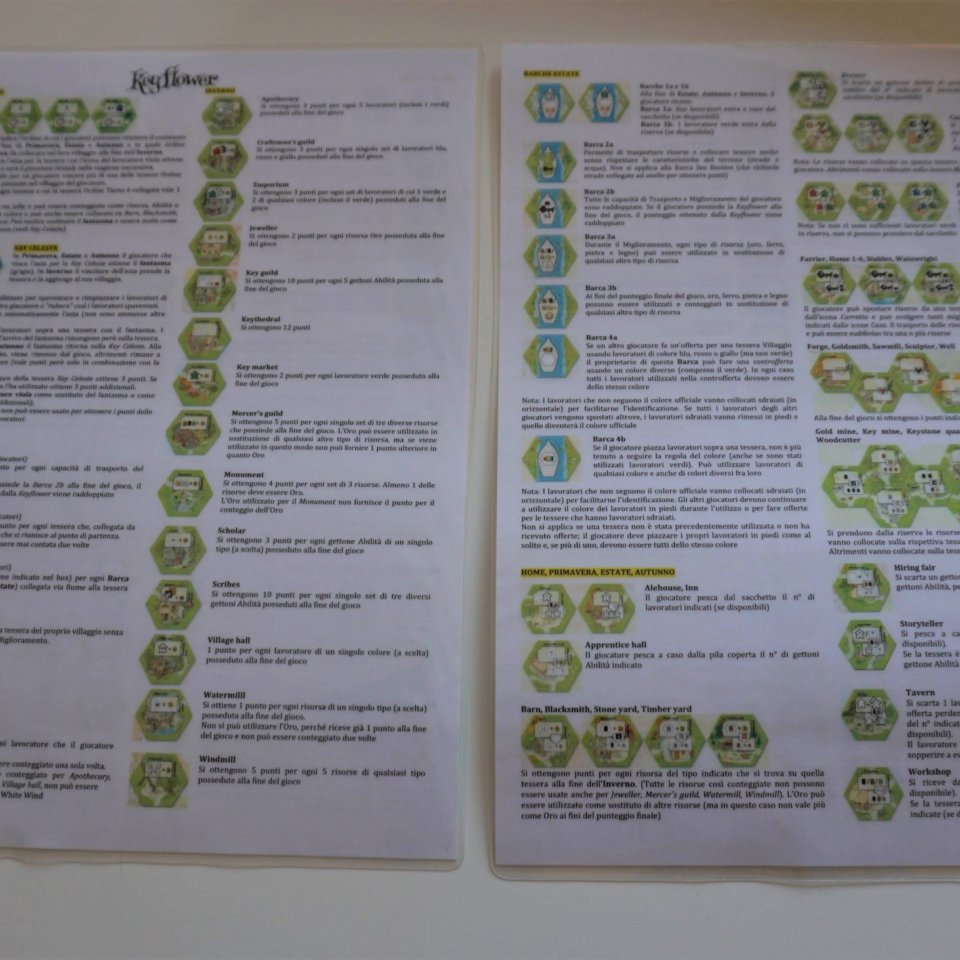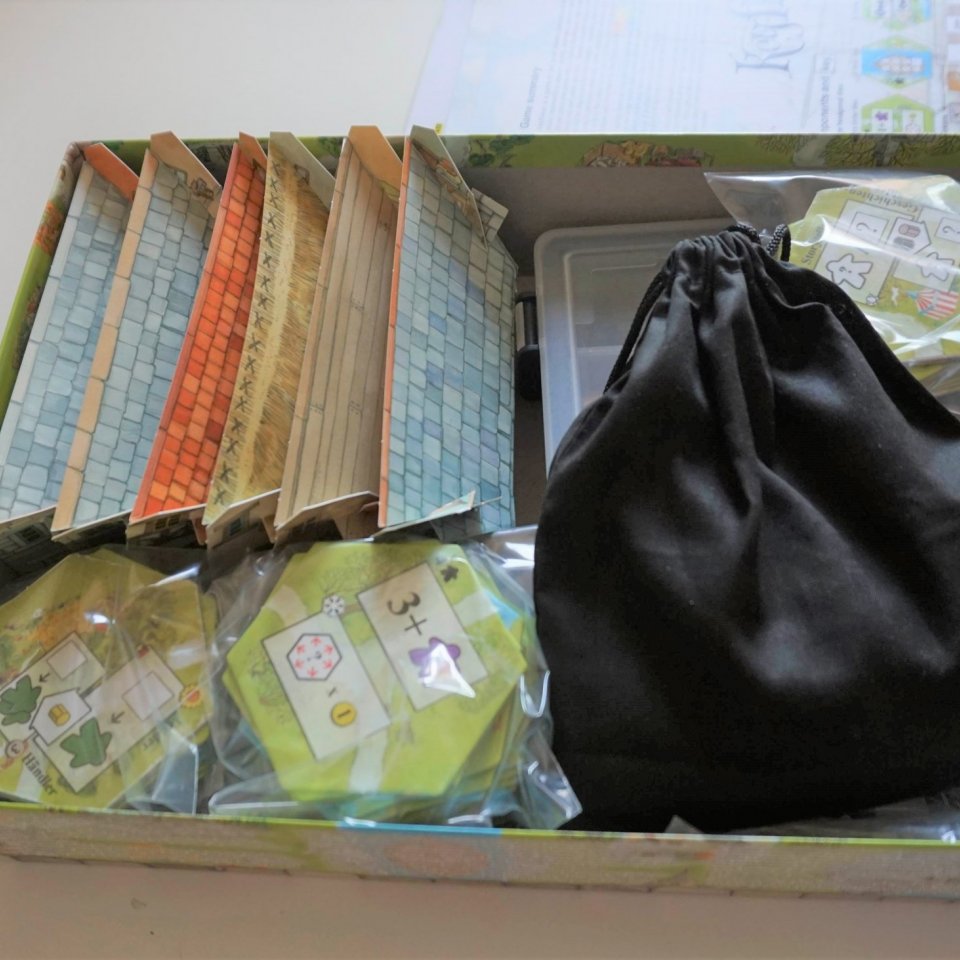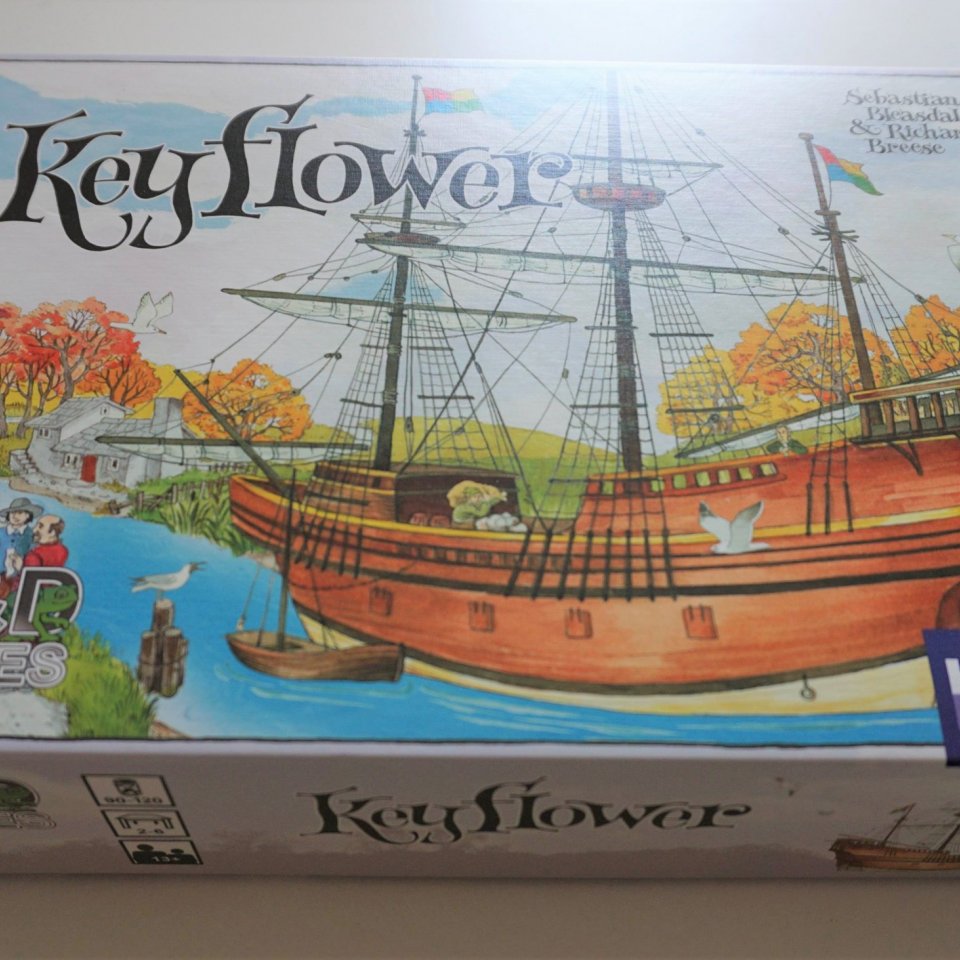meccaniche: piazzamento, aste, tabellone modulare
regolamento: abbastanza chiaro, ma lascia alcuni dubbietti
interazione: in teoria dovrebbe essere abbastanza alta e diretta..
scalabilità: buono da 2 a 6.. e non è poco!
durata: rispetta i tempi dichiarati, è un gioco molto veloce e con poco downtime. davvero apprezzabile
componenti: niente di eccezionale, abbastanza incasinata la grafica degli esagoni, e bruttissime le capannine
ambientazione: per me quasi inesistente, ma il gioco risulta comunque molto piacevole.
fattore fortuna: presente nella pesca degli esagoni, ma ci sta tutto
originalità: il meccanismo dell'asta con i colori degli omini è davvero molto originale e divertente, è piaciuto anche a me che odio le aste!
dipendenza dalla lingua: nessuna
longevità: media
conclusioni personali: sinceramente mi aspettavo di più da questo gioco, dal regolamento sembrava molto più bello..ma mi ha un po deluso..abbastanza sempliciotto per i miei gusti, piacevole ma non cosi entusiasmante, e a volte nonostante le aste, è quasi un solitario! ci sono poi alcune regolette che non mi sono piaciute. resta un buon prodotto accessibile anche ai neofiti, ma si poteva fare di più. un plauso va sicuramente alla meccanica principale dell'asta, originale e divertente.
Keyflower is a game for two to six players played over four rounds. Each round represents a season: spring, summer, autumn, and finally winter. Each player starts the game with a "home" tile and an initial team of eight workers, each of which is colored red, yellow, or blue. Workers of matching colors are used by the players to bid for tiles to add to their villages. Matching workers may alternatively be used to generate resources, skills and additional workers, not only from the player's own tiles, but also from the tiles in the other players' villages and from the new tiles being auctioned.
In spring, summer and autumn, more workers will arrive on board the Keyflower and her sister boats, with some of these workers possessing skills in the working of the key resources of iron, stone and wood. In each of these seasons, village tiles are set out at random for auction. In the winter no new workers arrive and the players select the village tiles for auction from those they received at the beginning of the game. Each winter village tile offers VPs for certain combinations of resources, skills and workers. The player whose village and workers generate the most VPs wins the game.
Keyflower presents players with many different challenges and each game will be different due to the mix of village tiles that appear in that particular game. Throughout the game, players will need to be alert to the opportunities to best utilize their various resources, transport and upgrade capability, skills and workers.
Keyflower, a joint design between Richard Breese and Sebastian Bleasdale, is the seventh game in the "Key" series from R&D Games set in the medieval "Key" land.
- Keyflower
- キーフラワー
- 大五月花號
- 奇伍德花季号
- 키플라워


























